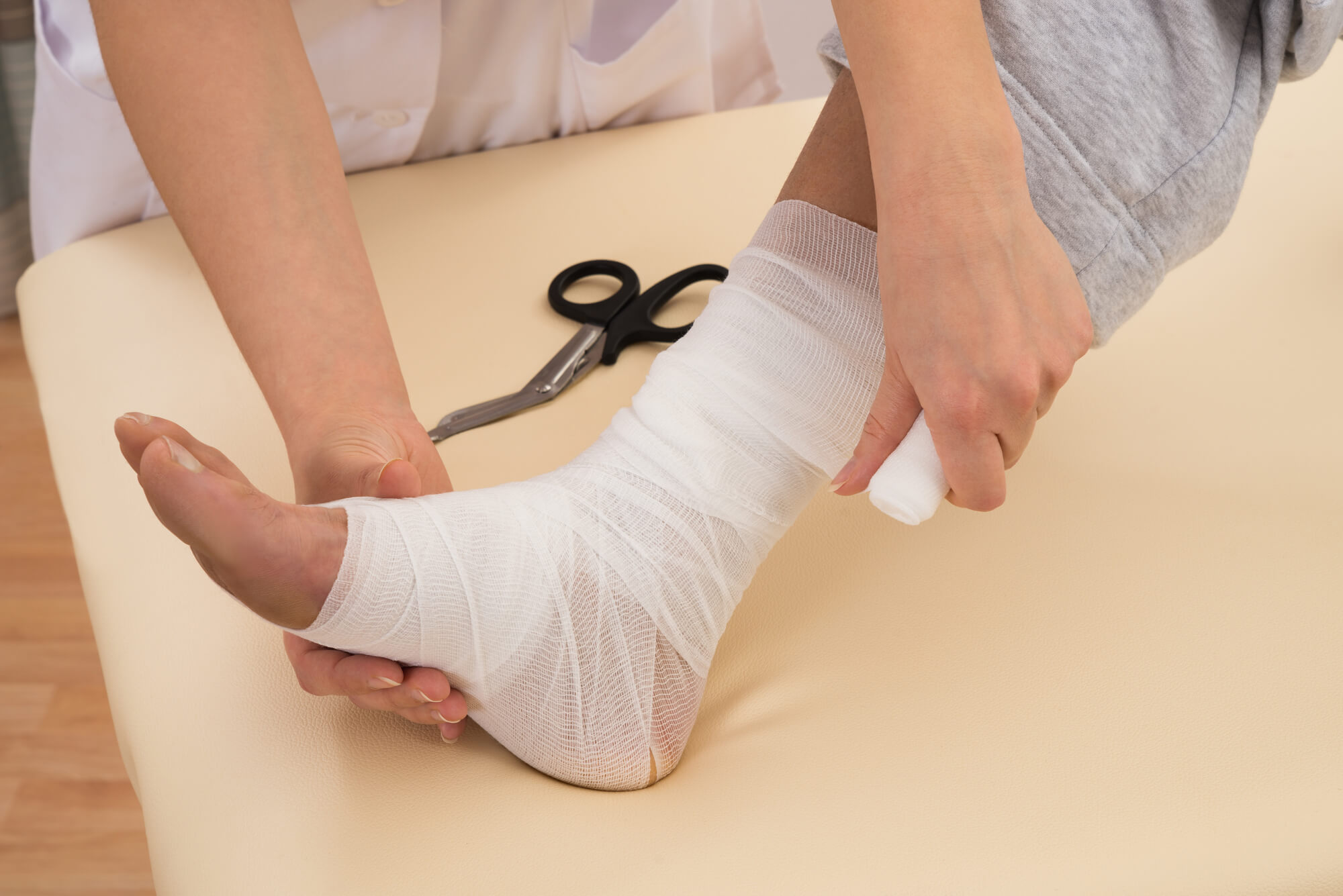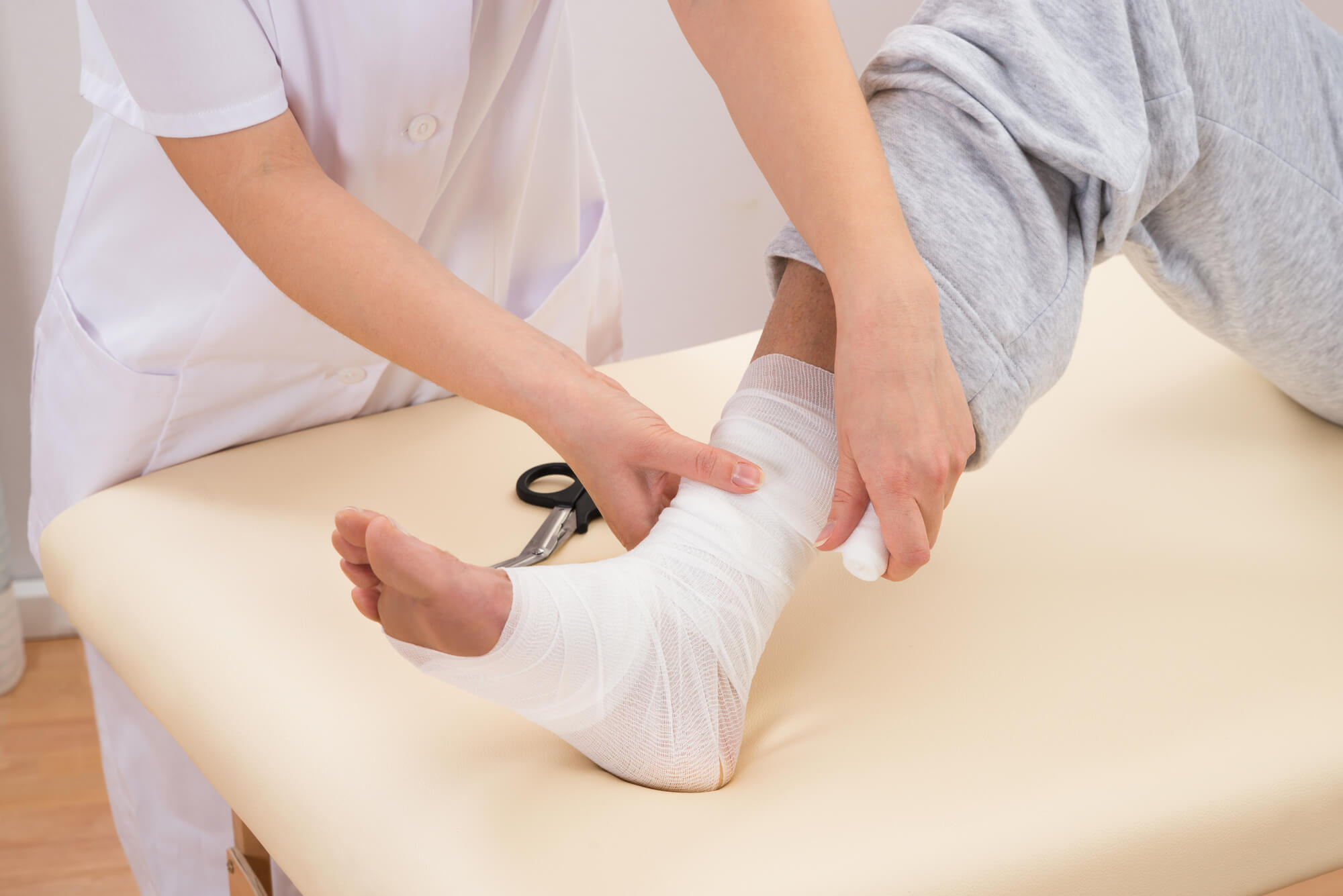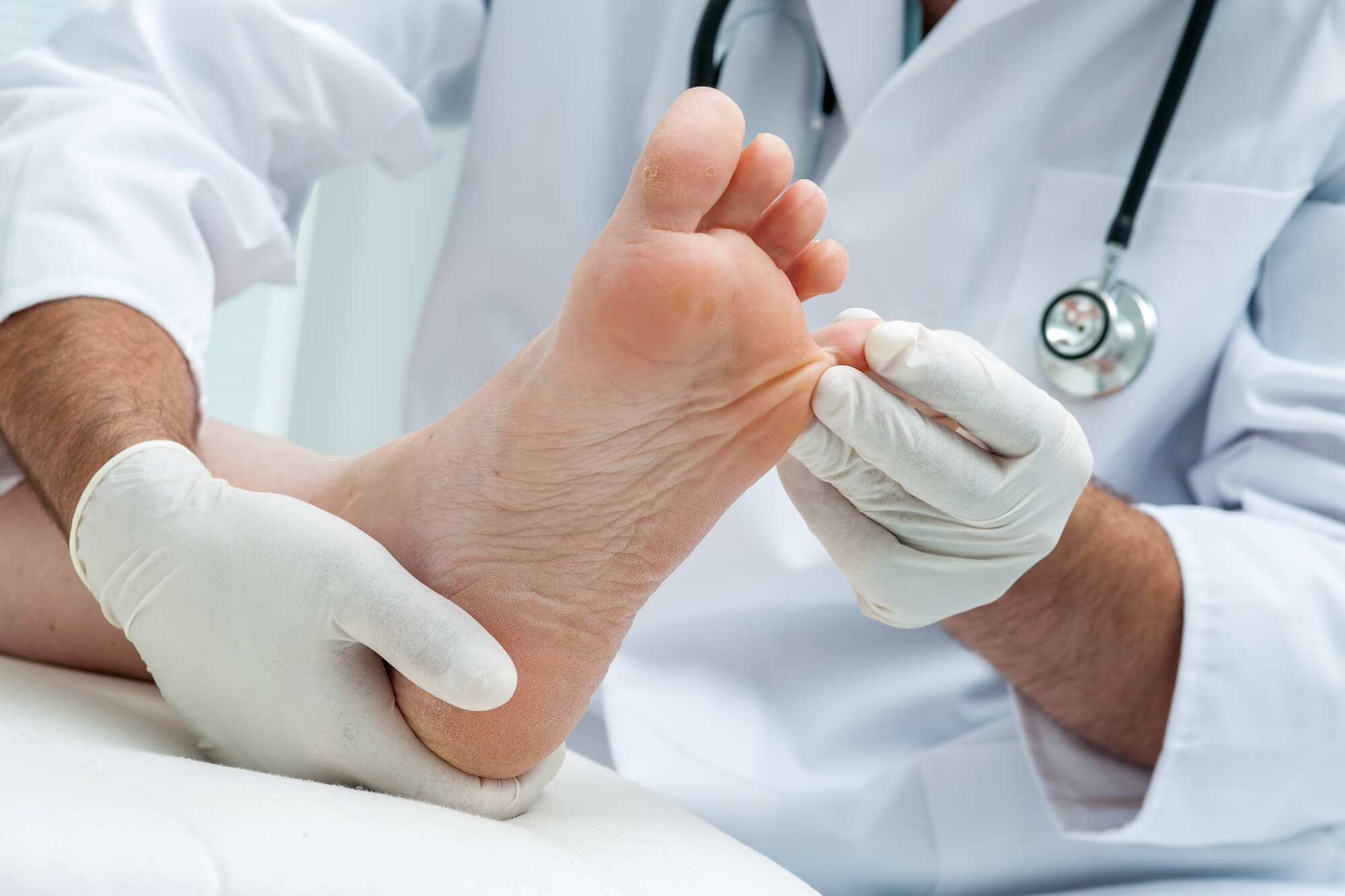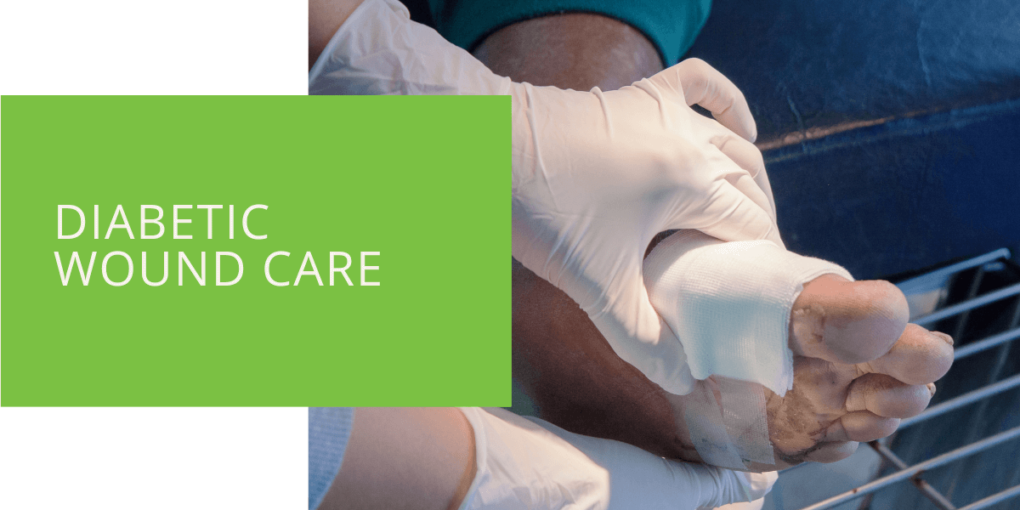Diabetic Wound Care: Tips and Techniques for Healing and Prevention
Diabetic wound care is an important aspect of managing diabetes. People with diabetes are at an increased risk of developing wounds, and if not properly cared for, these wounds can lead to serious complications. This article will discuss what diabetic wound care is, how to prevent and treat diabetic wounds, and when to seek medical attention. By following these tips and techniques, patients with diabetes can heal properly and reduce their risk of complications.
What Is Diabetic Wound Care?
Diabetic wound care is the process of taking care of wounds that are caused or exacerbated by diabetes. Diabetes can affect the body's ability to heal properly, and wounds that are not properly cared for can lead to serious complications such as infection, amputation, and even death.
What Causes Diabetic Wounds?
Several factors can contribute to the development of diabetic wounds. High blood sugar levels, also known as hyperglycemia, can cause nerve damage and reduce blood flow to the legs and feet. This can lead to a lack of feeling in the feet and make it more difficult to notice injuries, blisters, or other wounds. Diabetes can also weaken the immune system, making it more difficult for the body to fight infection.
Poor circulation, caused by high blood pressure, high cholesterol, or obesity, can also contribute to developing diabetic wounds. When blood flow is reduced to the legs and feet, wounds may not receive enough oxygen and nutrients to heal properly.

Why Is Diabetic Wound Care Important?
Diabetic wound care is important because it can help prevent serious complications such as infection, amputation, and death. Proper wound care can also help the healing process go more smoothly and quickly, allowing patients with diabetes to return to normal activities as soon as possible.
How to Prevent Diabetic Wounds
There are several steps that people with diabetes can take to prevent wounds:
Maintain Good Blood Sugar Control
Maintaining good blood sugar control is one of the most important things people with diabetes can do to prevent wounds. High blood sugar levels can cause nerve damage, reduce blood flow to the legs and feet, and weaken the immune system, increasing the risk of developing wounds. By keeping blood sugar levels within the target range, patients with diabetes can reduce their risk of developing wounds.
Take Care of Your Feet
Taking care of your feet is another important aspect of diabetic wound care. Wearing properly fitting shoes and socks can help prevent injuries, blisters, and other wounds. It is also important to inspect your feet daily, looking for any cuts, blisters, or other injuries. If you notice any injuries, it is important to take care of them immediately to prevent them from becoming more serious.
Avoid Injury to Your Feet
It is important to be careful and avoid injury to your feet. This includes avoiding walking barefoot, avoiding hot surfaces, and being careful when using sharp objects. It is also important to be careful when trimming your toenails, as cutting them too short can lead to wounds.

How to Treat Diabetic Wounds
If you do develop a wound, it is important to follow proper wound care techniques to promote healing and prevent complications:
Clean and Dress the Wound Properly
Properly cleaning and dressing a wound is an important aspect of diabetic wound care. To clean a wound, it is important to gently wash the area with soap and water, taking care not to scrub or rub the wound too hard. After cleaning the wound, it is important to apply an antibiotic ointment and cover it with a sterile bandage. Changing the bandage daily or more often if it becomes dirty or wet is also a good idea.
Manage Pain and Swelling
Diabetic wounds can often be painful, and it is important to manage pain to ensure proper healing. Over-the-counter pain medications such as acetaminophen or ibuprofen can help relieve pain. It is also important to elevate the wound to reduce swelling.
Prevent Infection
Infection is a common complication of diabetic wounds, and it is important to take steps to prevent infection. This includes keeping the wound clean and covered, washing your hands before and after caring for the wound, and avoiding touching the wound with dirty hands. You must contact a healthcare professional immediately if you notice any signs of infection, such as redness, swelling, or discharge.

When to Seek Medical Attention for Diabetic Wounds
It is important to seek medical attention if you have a diabetic wound that is not healing properly or if you notice any of the following signs:
Signs of Infection
You must contact a healthcare professional immediately if you notice any signs of infection, such as redness, swelling, or discharge. Infections can spread quickly and can be serious in people with diabetes.
Wounds that Are Not Healing
If your wound is not healing properly, it is important to seek medical attention. A healthcare professional can determine the cause of the slow healing and provide appropriate treatment.
Severe Pain or Swelling
If you are experiencing severe pain or swelling, it is important to seek medical attention. These may be signs of a more serious issue that needs to be addressed.
Conclusion
Diabetic wound care is an essential aspect of managing diabetes. By following proper prevention and treatment techniques, patients with diabetes can reduce their risk of complications and promote proper healing. It is important to maintain good blood sugar control, take care of your feet, avoid injury, and seek medical attention when necessary to ensure proper diabetic wound care. By taking these steps, people with diabetes can keep their feet healthy and reduce the risk of complications.
FAQ
What helps diabetic wounds heal faster?
Several things can help diabetic wounds heal faster:
- Maintaining good blood sugar control: Keeping blood sugar levels within the target range can help improve the body's ability to heal wounds.
- Proper wound care: Cleaning and dressing the wound properly can help prevent infection and promote healing.
- Offloading: Taking weight off the wound can help it heal more quickly.
- Medications: Pain medications and antibiotics can help manage pain and prevent infection.
What is the best treatment for a diabetic wound?
The best treatment for a diabetic wound will depend on the specific wound and the underlying cause. Proper wound care, including cleaning and dressing the wound, managing pain and swelling, and preventing infection, is important for promoting healing. Your healthcare professional can recommend the best treatment plan for your specific wound.
Which ointment is best for diabetic wound?
Several ointments can be helpful in the treatment of diabetic wounds. Antibiotic ointments can help prevent infection, while wound-healing ointments can help promote healing. It is important to consult with a healthcare professional to determine the best ointment for your specific wound.
What is the home remedy for diabetic wound?
No home remedies can replace proper medical care for diabetic wounds. It is important to see a healthcare professional for proper treatment and management of diabetic wounds. However, there are some things that you can do at home to support the healing process:
- Keep the wound clean and covered: Gently wash the wound with soap and water and apply an antibiotic ointment before covering the wound with a sterile bandage.
- Manage pain and swelling: Take pain medications as directed and elevate the wound to reduce swelling.
- Prevent infection: Wash your hands before and after caring for the wound, and avoid touching the wound with dirty hands.
What can you put on a diabetic wound?
It is important to consult with a healthcare professional to determine the best treatment for your specific diabetic wound. Keeping the wound clean and covered with a sterile bandage is important. Antibiotic ointments can help prevent infection, and wound-healing ointments can help promote healing. It is also important to manage pain and swelling as directed by your healthcare professional.

